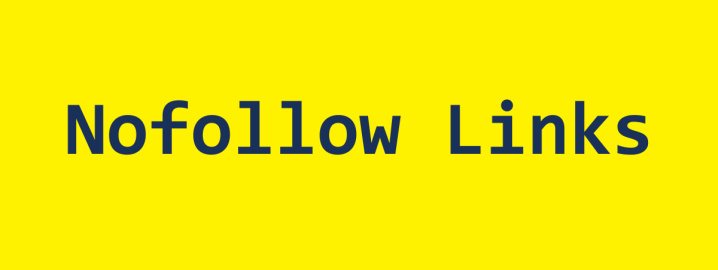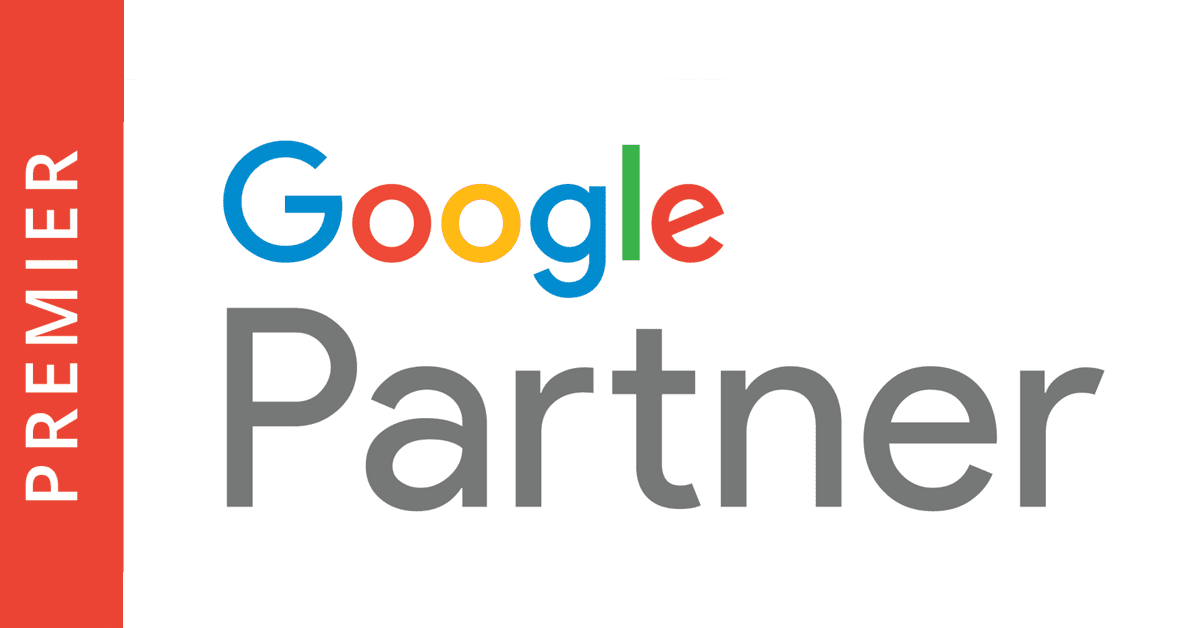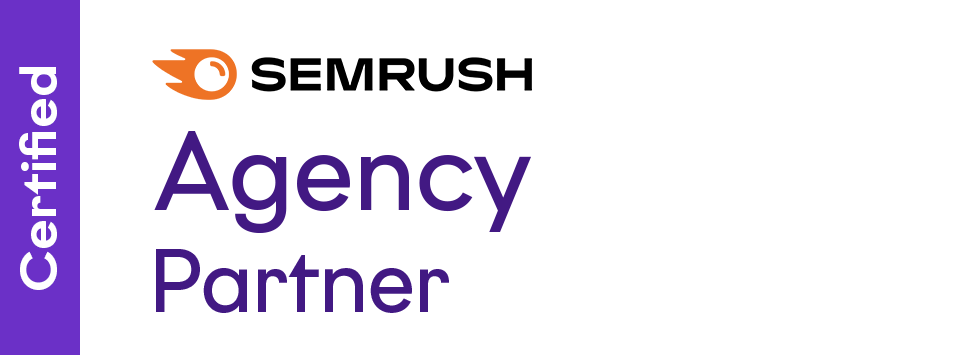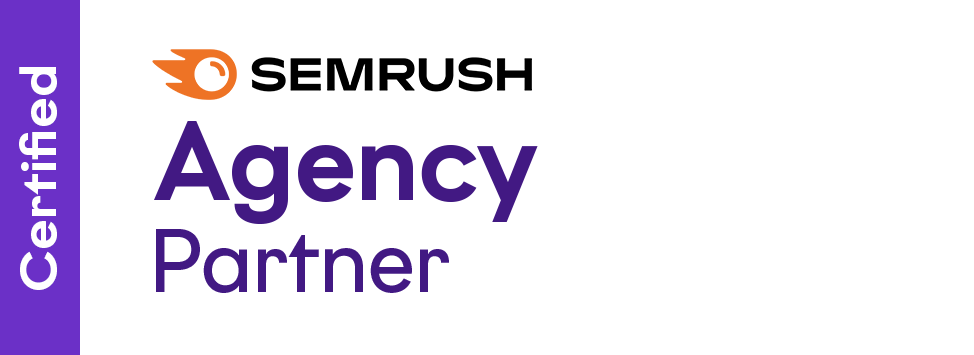The landscape of Search Engine Optimization (SEO) is ever-evolving, and understanding the nuances of nofollow links is crucial for anyone looking to enhance their digital marketing strategies. In this updated guide, we delve into the current state of nofollow links as of 2023, examining how they impact SEO and what webmasters need to know to adapt effectively.
What is a nofollow link?

A nofollow link is a type of hyperlink on a webpage that instructs search engines not to pass on any influence or “link juice” to the target link in terms of search engine rankings. This is achieved by adding a rel="nofollow" attribute to the HTML code of the link. Essentially, when a nofollow attribute is used, it tells search engines like Google that the link should not influence the ranking of the link’s target in the search engine’s index.
Here’s a simple example of how the nofollow attribute will appear within a website’s HTML code:
<a href="https://example.com/" rel="nofollow">Example</a>The concept of nofollow links was introduced to combat spam and manage the quality of links on a webpage. It is particularly useful in situations where links are added by users, such as in comments or forum posts, where the site owner cannot vouch for the quality or trustworthiness of the linked content. It’s also used in cases of paid or sponsored links, where the linking is not organic but transactional.
Nofollow links are a way to signal to Google and other search engines that the linking website is not endorsing the linked website. This was initially interpreted by search engines as a directive to completely ignore the link for ranking purposes. However, recent updates from Google indicate that the nofollow attribute is now treated as a hint, meaning that Google might choose to take nofollow links into account in some cases when assessing a site’s ranking.
Understanding Different Types of “rel” Attributes for Links
In addition to the “nofollow” attribute, there are several other rel attributes that can be used in links to provide specific instructions to search engines about how they should interpret a particular link. These include:
- rel=”sponsored”: This attribute is used to identify links on your site that are created as part of advertisements, sponsorships, or other compensation agreements. It was introduced by Google as a way to differentiate paid or sponsored links from organic ones.
- rel=”ugc”: Standing for User Generated Content, this attribute is applied to links that appear within content generated by users, like comments and forum posts. It’s useful for site owners to signal to search engines that these links are not editorially placed and might not be as trustworthy as the main content.
- rel=”noopener”: When used in conjunction with
target="_blank"(which opens a link in a new browser tab), this attribute prevents the new page from being able to access the originating page, enhancing security and performance. - rel=”noreferrer”: This attribute also relates to the
target="_blank"attribute. It prevents the new page from knowing where the traffic came from, which can be useful for privacy reasons. It also includes the functionality of “noopener”. - rel=”author”: This link attribute is used to link a webpage to the author’s bio or profile page, indicating the author of the content.
- rel=”canonical”: This attribute is used to deal with duplicate content issues. It tells search engines which version of a URL you want to appear in search results, effectively identifying the “canonical” or preferred version of a page.
- rel=”prev” and rel=”next”: These attributes are used on a paginated series of pages, indicating the previous and next pages in the series, respectively. They help search engines understand the relationship between different parts of a multi-page article or listing.
- rel=”alternate”: This attribute is used to point to an alternative version of a page, often used for linking to translations or different formats, like a print-friendly version.
Each of these attributes serves a specific purpose and helps search engines understand the intent and nature of the links, which can influence how these links are treated in terms of passing value and authority, and in the overall indexing and ranking processes.
The Evolution of the Nofollow Link Attribute
Origins and Initial Purpose: Introduced by Google in 2005, the nofollow attribute initially served as a way for websites to link to external sources while signaling to Google that these links should not be trusted. This meant Google would not follow these links or consider them for ranking purposes.
Changes Over Time: However, with frequent misuse of the nofollow attribute, Google altered its approach. As of 2015, Google began treating the nofollow attribute as a hint rather than a strict directive. This shift signaled Google’s more nuanced analysis of links, where the context and trust level of each link are taken into account.
How Google’s Algorithm Treats Nofollow Links
In its current form, the nofollow attribute serves as a suggestion to Google regarding the treatment of links. While nofollow links were traditionally not followed or used for ranking purposes, Google now reserves the right to consider these links in certain scenarios, demonstrating a more flexible and context-aware approach.
With that said, to provide more granularity in link categorization, Google introduced two new link attributes: “sponsored” and “ugc”. The “sponsored” attribute is designated for paid or affiliate links, and “ugc” is used for links within user-generated content, such as comments and forum posts. These additions allow webmasters to more accurately describe the nature of their outbound links.
Implications for SEO and Link Building
Adapting SEO Strategies: The nuanced interpretation of nofollow links by Google requires a reevaluation of SEO and link-building strategies. Rather than relying on a blanket approach to no-following links, webmasters should consider the relevance and trustworthiness of each link. If a link is relevant and from a trusted source, it is often better not to use the nofollow attribute.
Avoiding Misuse: Misusing the nofollow attribute, such as applying it to all outbound links or only using “dofollow” for a select few, can flag a website for potential link-selling, which is against Google’s guidelines. Such patterns can lead to manual actions by Google, including significant traffic loss.
Further Reading: What is a Natural Link: Tips for Good SEO Backlinks
Best Practices for Using Nofollow Links in 2023
Relevance and Trustworthiness: When deciding whether to use the nofollow attribute, consider the link’s relevance to your content and the trustworthiness of the linked source. Abusing nofollow to manipulate SEO can backfire, as Google’s algorithms have become adept at detecting and responding to such tactics.
User Experience Considerations: While strategizing around nofollow links, it’s also essential to consider the user experience. Providing helpful, relevant links enhances content quality and user engagement, contributing positively to a website’s overall SEO performance.
When should I use nofollow links?
In SEO and web content management, understanding when to use nofollow links versus follow links is crucial for an effective link strategy. Here are the best use cases for each:
Best Use Cases for Nofollow Links
- User-Generated Content (UGC): In forums, comment sections, or any place where users can add their own links, nofollow attributes are essential. They help prevent spammy or low-quality links from impacting your site’s SEO.
- Sponsored Links or Advertisements: If you’re paid to include a link on your website, such as in sponsored content or advertisements, using nofollow ensures compliance with Google’s guidelines on paid links.
- Untrusted Content: If you reference a site but don’t want to vouch for its credibility, using nofollow is prudent. It allows you to provide a link without implying endorsement.
- Login or Registration Pages: Links to login, registration, or administrative pages of a site generally don’t need to be indexed by search engines, so nofollow can be used.
- Links in Widgets or Embeds: If your site provides widgets or embeds that others can use on their sites, using nofollow in these links can prevent them from being interpreted as unnatural or manipulative.
Best Use Cases for Follow Links
- High-Quality External References: For linking to reliable, authoritative sources that enhance the value of your content, follow links are appropriate. They acknowledge the quality of the source and can create a healthy backlink profile.
- Internal Linking: Using follow links for internal navigation helps search engines understand the structure of your site and distribute page authority throughout it.
- Partnership or Collaboration Links: If you are linking to a partner or collaborator’s website as part of a mutual agreement and the content is relevant and valuable, follow links can be beneficial.
- Resource or Citation Links: When you reference a study, article, or resource that substantiates your content, follow links are suitable. They help establish the credibility of your information.
- Authoritative External Blogs or News Sites: Linking to respected blogs, news sites, or industry leaders with follow links can associate your site with high-quality content in the eyes of search engines.
The choice between nofollow and follow links hinges on the nature of the link and your relationship with the linked content. Nofollow links are useful for managing the impact of links that you don’t fully endorse or trust, while follow links are beneficial for building a network of trusted, authoritative connections. Both play crucial roles in a balanced and effective SEO strategy.
Final Thoughts
In 2023, understanding and appropriately implementing nofollow attributes remain a vital component of Search Engine Optimisation. As Google continues to refine its algorithms, staying informed and adapting to these changes is key to maintaining and improving search engine rankings. Remember, the primary goal of link usage should always align with providing value to your audience while adhering to the evolving guidelines set by search engines.
Need help with your SEO? Check out our range of SEO packages designed to help your business succeed online. Reach out to our team today to learn more.



















